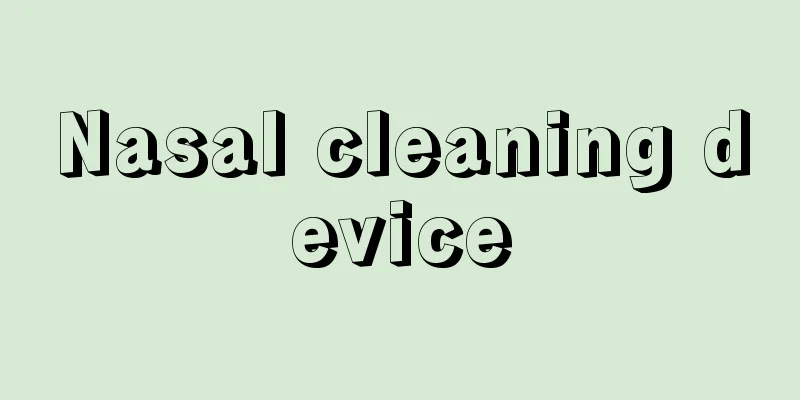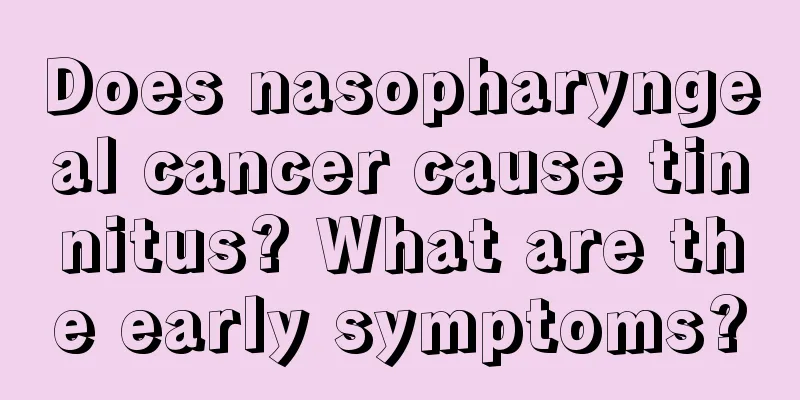Live attenuated poliomyelitis vaccine

|
Attenuated polio vaccine can cause poliomyelitis. Do you know about polio? It is an acute infectious disease with a high infectious rate. If infected with this disease, flaccid paralysis will occur, which is especially common among children. It is also called poliomyelitis. This symptom can cause serious trauma to children and the entire family. We must be able to recognize the role of attenuated live polio vaccine in a timely manner. We usually don't know much about polio, and we don't know what disease it is. But if we talk about polio, everyone should know it, which is the polio we introduced today. It is very harmful to children, and it is necessary to get the live attenuated polio vaccine in time. Drug Name Common name: Oral poliomyelitis live attenuated vaccine Pinyin nameKoufu Jisuihuizhiyan Jianduhuoyimiao Tangwan English NameLive Attenuated Oral Poliomyelitis Vaccine (Dragee Candy) Ingredients Oral polio vaccine sugar pills are trivalent vaccine sugar pills made by inoculating attenuated polio type I, II, and III strains into human diploid cell culture respectively. Properties This product is a white solid sugar pill. Specification Each sugar pill weighs 1g, and the human dose is 1 pill. The total amount of live polio virus is 5.95 Lg CCID50, of which type I should be no less than 5.8 LgCCID50, type II should be no less than 4.8 LgCCID50, and type III should be no less than 5.3 Lg CCID50. Indications After oral immunization, this vaccine can stimulate the body to produce immunity against polio virus and is used to prevent poliomyelitis. polio 1. Virus type and antigenicity It is known that there are three serotypes of polio virus. The nucleotide sequences of these three types of viruses are already clear, and the total number of nucleotides is about 7,500. Although about 71% of the nucleotides are shared by the three types of poliovirus, the different nucleotide sequences are all located in the coding region, so there is no cross-reaction between the three types of viruses and in the test. The complement fixation test can detect that the virus has two antigens, one called D (dense) antigen and the other called C (coreless) antigen. The former exists in mature, infectious virus particles and is a neutralizing antigen of the virus with type specificity. The C antigen exists in hollow virus particles that have been inactivated at 56°C or are immature. It is a heat-resistant antigen component that shows a positive complement fixation reaction with antisera against type 3 viruses. 2. Epidemiological characteristics This disease can occur throughout the year, but it is most prevalent in summer and autumn. Generally, the disease occurs sporadically, and contamination of water sources by toxic feces may cause an epidemic. The virus type that causes the epidemic is mostly type I. The incubation period is usually 7 to 14 days, with the shortest being 2 days and the longest being 35 days. Patients are contagious before and after the onset of clinical symptoms. 3. Clinical manifestations Humans are the only natural host of polio virus. This is because there is a receptor on the surface of human cell membranes that has a specific affinity for the structural protein VP1 on the virus capsid, allowing the virus to adsorb to the cells. After being infected by the virus, the vast majority of people (90-95%) are latently infected, and those who are overtly infected are mostly mild infections (4-8%). Only a small number of patients (1-2%) develop nervous system infections, causing serious symptoms and consequences. Patients with overt infection can be divided into three types according to their clinical manifestations. ① Mild: Symptoms are similar to influenza, with fever, fatigue, headache, myalgia, and sometimes accompanied by pharyngitis, tonsillitis and gastroenteritis. The symptoms last for 4 to 5 days and then disappear. ② Non-paralytic type (not aseptic meningitis type): The patient has typical symptoms of aseptic meningitis, including pain in the lower limbs, neck or back pain, mild neck stiffness and meningeal irritation symptoms, and an increase in lymphocytes in the cerebrospinal fluid. ③ Paralytic type: The virus invades the central nervous system from the blood. When it affects the anterior horn motor neurons in the lumbar enlargement of the spinal cord, it causes muscle relaxation and atrophy, eventually developing into flaccid paralysis. In very rare cases, the virus can affect the subcranial nerves and the anterior horn nerve cells of the cervical spinal cord, causing paralysis of the pharynx, soft palate, and vocal cords, and the patient often dies from respiratory and circulatory failure. The severity of the above clinical manifestations depends on many factors, such as the virulence of the strain, the relative number of infectious viruses, the state of the body's immune function, etc. Excessive fatigue, trauma, pregnancy, tonsillectomy, and recent history of vaccination with alum as an adjuvant can easily lead to paralysis. IV. Principles of prevention and treatment There is currently no specific drug to treat poliovirus infection. Control of the disease relies mainly on the use of vaccines, with passive immunization used only in individual cases. (I) Active Immunity Since the mid-1950s, the Salk inactivated vaccine and the Sabin live attenuated vaccine have been used, with good immune effects, greatly reducing the incidence of poliomyelitis. The Salk vaccine is made by mixing three types of viruses that are inactivated by formaldehyde and injected intramuscularly, which can induce the body to produce neutralizing antibodies. Its advantages are easy storage and transportation, no attenuated strain reversion phenomenon, and fewer side effects. The Sabin vaccine is made of a weakened mutant strain and is administered orally. The method is simple and can not only induce the body to produce liquid antibodies. It can also stimulate the intestinal wall plasma cells to produce secretory IgA, which has an eradication effect on wild strains, thereby cutting off their spread among the population. Therefore, the Sabin vaccine has a better immune effect. In addition, live vaccine viruses are excreted from the body, allowing contacts to become infected and gain immunity. However, live attenuated vaccines are not heat-resistant and need to be refrigerated during storage and transportation. They also have the risk of regaining virulence and can easily cause paralysis in the immune-trapped human body. At present, most countries in the world (including my country) have changed the monovalent live polio vaccine immunization to the trivalent live vaccine immunization method, that is, the immunized subjects take three trivalent live vaccine sugar pills orally, with an interval of 6 to 8 weeks between each dose. Its advantages are that you will not miss a dose, the number of doses is small, and the immune effect is good. 2. Passive Immunity Use of human immune globulin to protect contacts of poliovirus. This globulin often contains antibodies to type three viruses, and timely administration can neutralize the viruses in the blood. Passive immunization is only used for children who have undergone tonsillectomy, medical staff and relatives who have not been immunized but must come into contact with polio patients, and pregnant women who have not been immunized. The immune effect lasts for 3 to 5 weeks. It can be seen that the live attenuated polio vaccine is very important. Now many people are infected with polio, especially in summer and autumn. The polio virus is very easy to infect, especially in children. If infected with this disease and polio occurs, it will cause great harm to the child's life and the entire family. |
Recommend
How to calculate body mass index? Body mass index calculation equation
People usually need to have a weight index table ...
5 types of people cannot undergo dental plastic surgery
Nowadays, appearance is everything, so many peopl...
What is the normal blood lipid value standard?
Normal blood lipid values refer to the standard...
Is chemotherapy useful for gastric signet ring cell carcinoma? It has a certain effect
Gastric signet ring cell carcinoma has more mucus...
How to treat acute pancreatitis
Pancreatitis is a common clinical disease, and ac...
What disease causes blood in urine?
Hematuria in urine is commonly known as hematuria...
What are the causes of rectal cancer
Rectal cancer is one of the most common malignant...
How is a pituitary tumor detected
In our daily life, we should pay attention to som...
Why is there blood when I wipe after urinating?
Urine is the "scavenger" of our body an...
How to remove lipstick from white clothes?
Nowadays, women are very fond of beauty and usual...
What causes a sticky mouth?
The mouth often feels sticky, dry, astringent and...
What are the symptoms of anaplastic thyroid cancer? What are the main manifestations of anaplastic thyroid cancer?
Symptoms of undifferentiated thyroid cancer: Undi...
How to treat wounds after a fall
Everyone should pay attention to how to effective...
How to judge whether crayfish is fresh
I believe everyone has heard a lot of news about ...
The fastest cure for candida
Candida is a fungal infection. This fungus can no...









